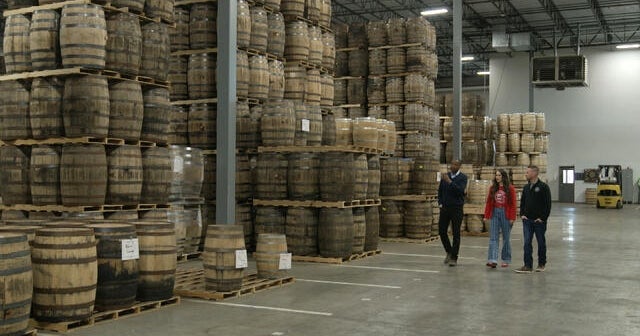Barrel Bonanza: How Bourbon's Thirst is Reshaping America's Woodworking Industry

In the world of fine spirits, oak barrels are far more than simple storage vessels—they're alchemical chambers that transform wine and whiskey, particularly bourbon, into liquid gold. These wooden guardians do more than just hold precious liquids; they infuse each drop with a complex symphony of flavors, aromas, and character that elevate the drinking experience.
The magic of oak is a delicate dance of chemistry and craftsmanship. As spirits rest within these carefully crafted wooden containers, they absorb the barrel's essence, drawing out rich notes of vanilla, caramel, and warm spices. Each year of aging adds depth and complexity, turning a raw spirit into a nuanced masterpiece that tells a story of time, tradition, and meticulous care.
For bourbon enthusiasts and wine connoisseurs alike, the oak barrel represents the heart of the aging process—a transformative journey that turns good spirits into extraordinary experiences. The wood's porous nature allows for subtle interactions that create those beloved, complex flavor profiles that make each sip a moment of pure sensory delight.
